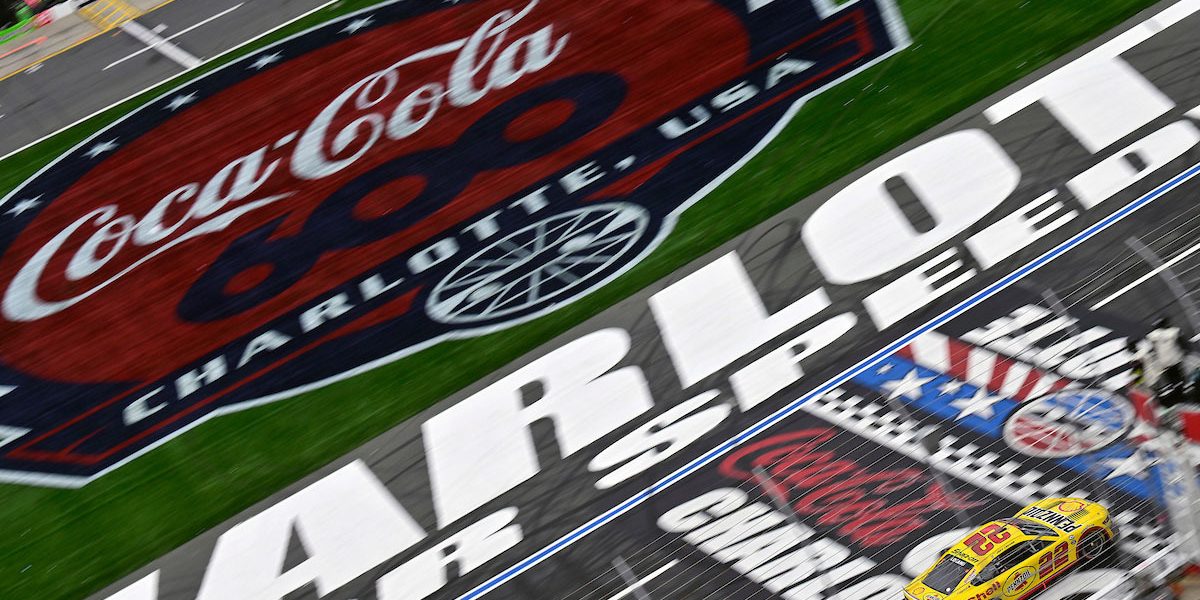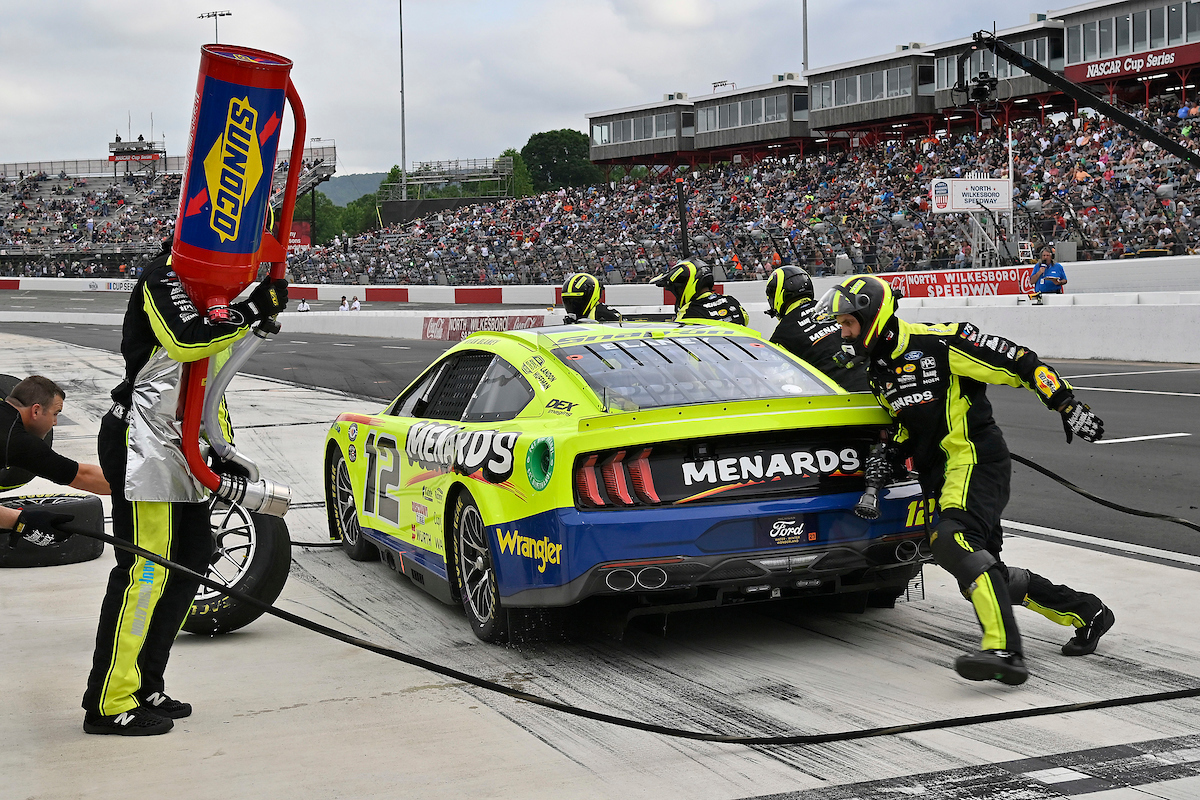Who makes the composite bodies for NASCAR?


You’ve always wondered about the sleek, high-performance vehicles zooming around the NASCAR track. Specifically, who makes those eye-catching, durable composite bodies?
Five Star Race Car Bodies is the primary supplier of composite bodies for NASCAR, manufacturing these essential parts to exacting standards for aerodynamics and safety.
In this article, we’ll delve deep into the intricacies of how these composite bodies are made, who is responsible for their construction, and why they’re so crucial for NASCAR racing.
Table of Contents
A Detailed Explanation of Composite Bodies in NASCAR
What Are Composite Bodies?
In the fast-paced, adrenaline-pumping world of NASCAR, composite bodies are a revolution in car design. These bodies are made of advanced, lightweight materials like carbon fiber and other polymer composites. Unlike traditional metal bodies, they offer enhanced aerodynamics, durability, and safety features. The result? Cars that are faster, safer, and more competitive.
How Are They Made?
The creation of a composite body is a labor-intensive and highly specialized process. Initially, the design is drafted digitally, focusing on maximizing aerodynamics while adhering to NASCAR’s strict regulations. Once the design is finalized, molds are created, which serve as the framework for the composite materials. Layers of carbon fiber and other composites are then placed into the mold, and resin is applied to bind these layers together. After curing in a controlled environment, the body is ready for finishing touches like paint and decals.
Who Makes Them?
Five Star Race Car Bodies holds the mantle of being the primary supplier for NASCAR’s composite bodies. Located in Twin Lakes, Wisconsin, this company specializes in crafting high-quality, aerodynamic, and durable composite bodies that meet the stringent requirements set by NASCAR for performance and safety.
Why Are Composite Bodies Important?
Besides the obvious benefits of weight reduction and improved aerodynamics, composite bodies also offer easier reparability. In the intense world of NASCAR, accidents are not uncommon, and composite bodies can often be repaired on the fly during a race, saving valuable time and potentially affecting the race’s outcome.
Here’s everything else you need to know about the intricacies of composite bodies and their role in NASCAR.
What Goes into Designing a Composite Body for NASCAR?
When it comes to designing a composite body, aerodynamics is the name of the game. Engineers and designers use advanced software to model airflow around the car, aiming to minimize drag and maximize downforce. This leads to better grip on the track and higher top speeds, crucial factors in winning races.
But it’s not all about speed. The design also has to factor in safety elements like crumple zones and roll cages that are built to withstand high-impact crashes. These safety features are seamlessly integrated into the design to protect the driver without compromising the car’s performance.
How Do Composite Bodies Compare to Traditional Metal Bodies?
The shift from metal to composite bodies has been a transformative change in NASCAR. Traditional metal bodies, usually made from steel or aluminum, are heavier and less aerodynamically efficient. They also tend to deform more easily upon impact, making them harder to repair during a race.
Composite bodies, on the other hand, are designed for easy repairs. Components like fenders and hoods can be quickly replaced, giving teams the flexibility to adapt and continue competing even after minor crashes. The lightweight nature of composites also contributes to better fuel efficiency, allowing for more strategic options during races.
What Are the Regulations Governing Composite Bodies?
NASCAR imposes rigorous standards to ensure a level playing field and the safety of all participants. Every composite body has to meet specific guidelines concerning size, weight, and aerodynamic features. Manufacturers like Five Star Race Car Bodies work closely with NASCAR to ensure all bodies are compliant with these regulations.
Frequent inspections are carried out both before and after races. Any violations of the guidelines can result in penalties ranging from fines to points deductions, affecting the overall standings of the teams involved.
How to Maintain and Repair Composite Bodies?
Maintenance of composite bodies is less labor-intensive compared to metal bodies, but it’s no less critical. Regular inspections for cracks, dents, or deformations are a must, especially following a race where minor incidents can go unnoticed. Some teams employ ultrasound or other non-destructive testing methods to assess the integrity of the composite structure.
Repairs can often be carried out on-site during a race. Unlike metal bodies that require welding, composite body parts can be replaced quickly with a bolt-on system. Teams usually have spare parts like fenders, hoods, or even entire body sections ready for quick changes. This adaptability can make the difference between finishing a race and a dreaded DNF (Did Not Finish).
Are Composite Bodies Here to Stay?
Given the myriad of benefits composite bodies bring to the table—from better aerodynamics to safety to reparability—it seems they are here to stay. While the initial investment in composite technology may be high, the long-term advantages, like reduced maintenance costs and better racing performance, make it a worthy investment for teams and manufacturers alike.
The increasing trend towards sustainability in motorsports may also see further advancements in composite material technology, making them more eco-friendly without compromising on performance.
What’s the Future of Composite Bodies in NASCAR?
As technology advances, we can expect even more innovations in the field of composite bodies. The race is on to develop lighter, stronger, and more aerodynamically efficient materials. With NASCAR’s push for sustainability and performance, it wouldn’t be surprising to see the incorporation of renewable materials or even smart technologies that adjust aerodynamics in real-time during a race.
In the ever-competitive world of NASCAR, where milliseconds can separate winners from the rest, the evolution of composite bodies will continue to play a pivotal role in shaping the sport’s future.
Who makes the composite bodies for NASCAR? – Final Thoughts
By now, you’ve garnered an in-depth understanding of who makes the composite bodies for NASCAR and why they’re so crucial for the sport. These marvels of engineering, primarily manufactured by Five Star Race Car Bodies, not only provide aerodynamic advantages but also offer better safety and repairability.
So the next time you’re watching a NASCAR race, you’ll have a newfound appreciation for the intricacies that go into making these high-performance machines. Whether you’re a casual fan or an aspiring engineer, remember that behind every great NASCAR driver is a team of professionals and a well-crafted composite body that helps propel them to victory.
Who makes the composite bodies for NASCAR?- Frequently Asked Questions (FAQ)
What other materials are used in NASCAR car bodies?
Before the widespread use of composite materials, NASCAR cars primarily had bodies made of sheet metal, usually steel or aluminum.
Can composite bodies be customized?
Yes, composite bodies offer room for customization, but any modifications must comply with NASCAR’s stringent regulations to ensure a level playing field.
How do teams choose between metal and composite bodies?
While some lower-tier racing series may still allow metal bodies, most top-level NASCAR series have transitioned entirely to composite bodies due to their numerous advantages.
Are composite bodies more expensive than metal ones?
Generally, composite bodies are more expensive initially but can be cost-effective in the long run due to easier reparability and lower maintenance costs.
What happens to damaged composite bodies?
Damaged composite bodies can often be repaired or their parts replaced, but severely damaged bodies might have to be discarded and replaced entirely.
With this knowledge in hand, you’re now well-equipped to delve even deeper into the fascinating world of NASCAR and the cutting-edge technology that keeps it running. Enjoy the races!










